Your First Visit

The Intake Interview:
We will discuss your health history, goals and reasons for seeking MFR. There will be a brief intake form to fill out. And we will do an assessment of your physiology to determine what areas need to be addressed and to determine the root causes of your symptoms or existing conditions.
What should I wear to my treatment?
Please wear or bring with you loose fitting gym shorts, sports bra, underwear, tank top, or whatever you are comfortable with. You will not be draped or covered with a sheet usually, but it is always an option. Tights or leggings don’t work so well because they are too slippery. Please avoid tight Lycra/Spandex. Loose athletic or cotton shorts are fine. The skin is the handle for the fascia and is the most efficient to work on. At all times care is taken to respect your privacy and maintain professional ethically appropriate boundaries. However, it is possible to do this work when a person is fully clothed if that is an issue for you. It is just not as efficient.
For my LDS clients; garments are not ideal to wear as they tend to be too slick, and do not allow access to the skin.
The skin is the handle for working with the fascial system of the body, so it is helpful to be have access to the arms, legs, and abdomen. For this reason, it is also recommended that you not apply oils or lotions to your skin prior to a session as it causes the skin to be slippery.
All initial visits are 75 minutes: 15 minutes for a comprehensive evaluation and 60 minutes of hands-on treatment.
What does a Barnes’ MFR treatment feel like?
The John F. Barnes method of MFR is gentle and never forceful. Therefore, the pressure applied is always in tune with what your body needs and within your tolerance level. As pressure is applied into areas of tightness, sometimes a warmth or sense of stretch or tension is felt. As the tissue releases, tightness softens, pain eases, and body alignment changes. After a treatment session, some people experience short-term soreness as a body accommodates this real change. It is likely you will experience a reduction in symptoms, increased energy levels, and improved sleep patterns following a treatment session.
For each person, the treatment can feel different depending on acuteness, pain levels and level of restrictions present. In general, the sensations are gentle but powerful. The sustained stretch on the fascial tissue held by the therapist can feel subtle at first but grow in sensation.


Everything from a feeling of being stretched, to temperature changes, or a reproduction of pain, to a feeling as though the tissue is vibrating may be experienced. It is even common to have strong emotional responses as the tissue can be holding energy from past physical or emotional traumas. As the tissue releases these sensation subside leaving new mobility in previously adhered tissue.
It is normal for there to be some soreness for a day or two after treatment. This is often due to the new alignment of the body and the corresponding changes in the tissues because of it. Areas previously tight are looser and likely weak, so fatigue appears. Correction of bone alignments can create stretches on previously shortened tissue giving a sensation of pulling/stretch. Although soreness may occur, it will not be damaged and the difference is notable in the sensations felt.
Do you accept insurance?
We do not bill insurance. However, if massage therapy is covered by your insurance company, we will provide you with the appropriate paperwork so you may submit it yourself for reimbursement.
How many sessions will I need?
Results vary by individual. There are many factors that play a role in the healing process. However, many experience a decrease in pain or increase in range of motion even after just one session. Depending on your therapeutic goals and current situation, sessions weekly, bi-weekly, or every other week for 3 to 6 weeks, followed by monthly maintenance sessions for a few months is a fair estimate of necessary time.
How often will I need to be treated?
Again, treatment plans vary by individual. Depending on the severity of the issues or the results one is looking for, MFR proves to be more effective when increased treatments are received in a shorter period of time. Treatment once or twice a week may be encouraged during an acute situation or at the beginning of a treatment plan.
Are Myofascial Release treatments painful?
MFR is generally very gentle and relaxing experience with only a very minimal level of pain. Depending on what is going on with the body, a session may be focused on structural adjustments, areas of pain and tension, or it may deal with deeply held emotional or stress issues. At times a session may be therapeutically challenging. We often tune out pain and other unpleasant sensations, but Myofascial Release encourages one to feel all sensations that may arise. This is what our bodies need to do to heal. Your therapist will help you recognize, acknowledge and understand the necessity behind these therapeutically uncomfortable moments. It is most important to know that although MFR may bring up physical or emotional pain, it does not force and will not injure you.
It is important to listen to your body after a session, and know that some delayed soreness may be experienced. This is a natural part of the healing process. We encourage you to discuss any pain or discomfort with your therapist. Drink plenty of water following your treatments and give yourself permission to experience these sensations to the fullest.

Image – John F. Barnes, PT,
myofascialrelease.com
